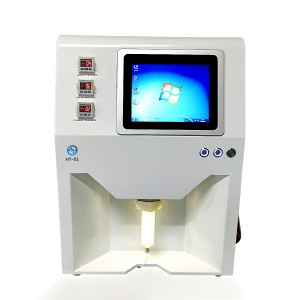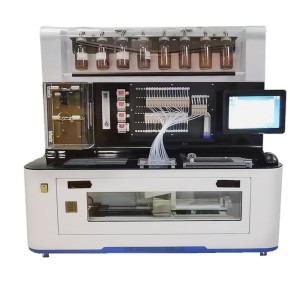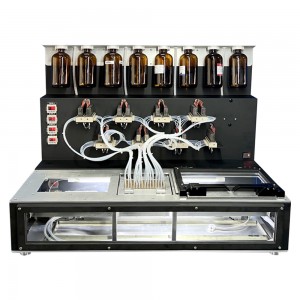
Principle of Oligo Synthesizer
In the fields of molecular biology and genetics research, the ability to synthesize DNA plays a crucial role. DNA synthesis involves the artificial production of DNA molecules by arranging nucleotides in a specific order. To achieve this, scientists rely on a powerful tool known as an oligonucleotide synthesizer, also known as a DNA synthesizer.
An oligonucleotide synthesizer is a sophisticated instrument that automatically synthesizes short DNA molecules called oligonucleotides. These short strands of DNA are typically 10 to 100 nucleotides in length and are essential building blocks in a wide variety of applications including polymerase chain reaction (PCR), gene synthesis, genetic engineering, and DNA sequencing.

Oligonucleotide synthesizers operate on the principle of a technique known as solid-phase synthesis. This method was first pioneered by Nobel laureate Dr. Marvin Caruthers in the 1970s and has been refined over the years to enhance the synthesis of DNA sequences. Oligonucleotide synthesis is carried out by a stepwise addition of nucleotide residues to the 5'-terminus of the growing chain until the desired sequence is assembled. Each addition is referred to as a synthesis cycle and consists of four chemical reactions:
Step 1: De-blocking (detritylation)---------Step 2: Coupling---------Step 3: Capping-----------Step 4: Oxidation
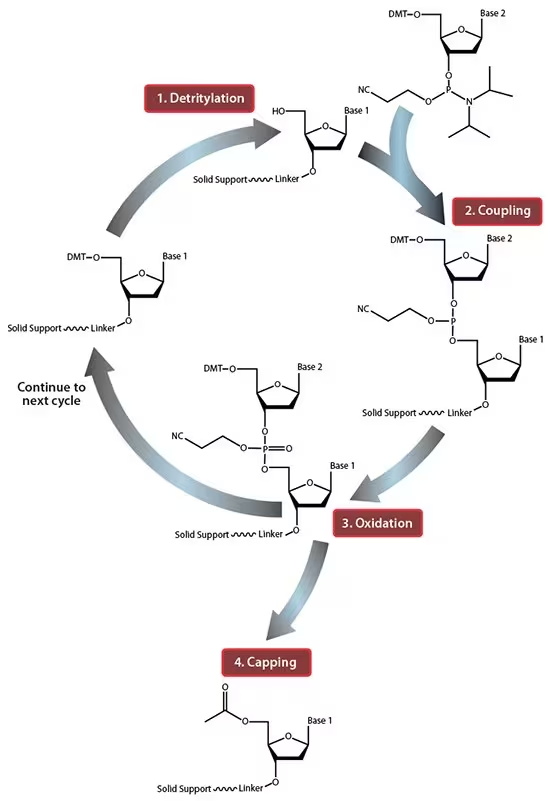
This process is repeated for each nucleotide until the desired sequence is obtained. For longer oligonucleotides, this cycle may need to be repeated several times to synthesize the entire sequence. The ability to precisely control each step of the synthesis cycle is critical to an oligonucleotide synthesizer. The reagents used, such as nucleotides and activators, need to be of high quality to ensure accurate and efficient synthesis. In addition, synthesizers require high-precision temperature control and other environmental conditions to promote desired coupling reactions and prevent undesired reactions.
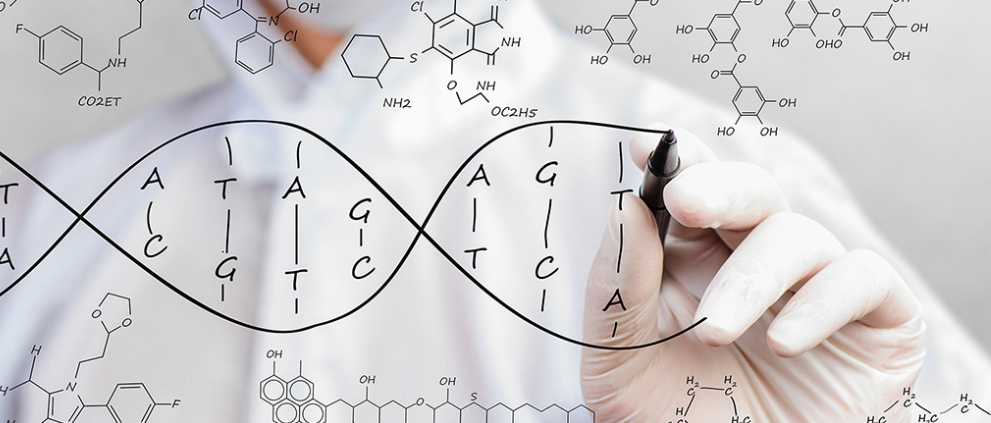
Once an oligonucleotide is fully synthesized, it is typically cleaved from the solid support and purified to remove any remaining protecting groups or impurities. The purified oligonucleotides are then ready for downstream applications.
Advances in technology have enabled the development of high-throughput oligonucleotide synthesizers capable of simultaneously synthesizing hundreds or even thousands of oligonucleotides. These instruments use microarray-based synthesis technology, enabling researchers to rapidly generate large oligonucleotide libraries for a variety of research purposes.
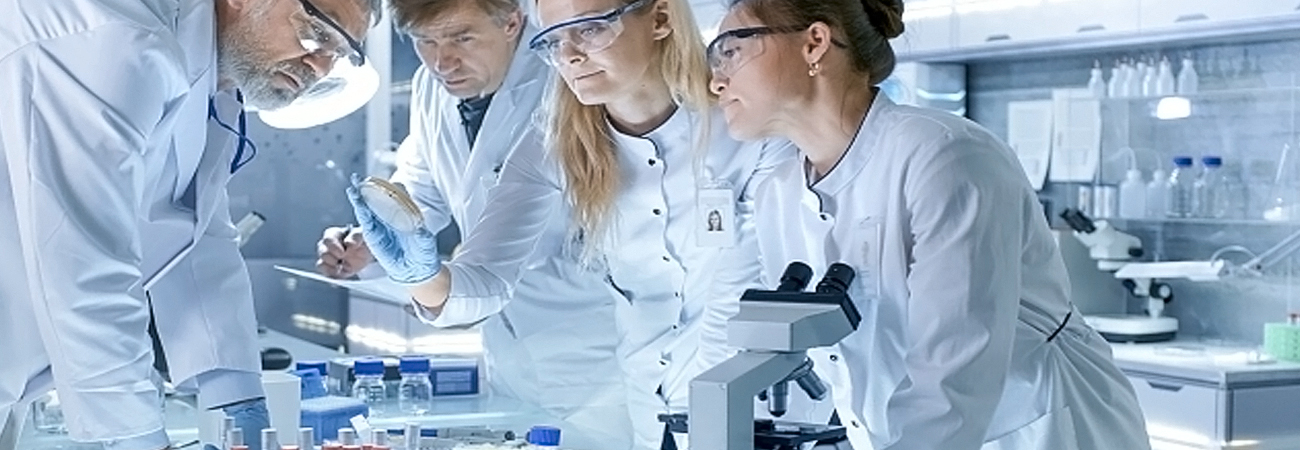
In summary, the principles behind oligonucleotide synthesizers revolve around solid-phase synthesis techniques, which involve the stepwise addition of nucleotides on a solid support. Precise control of the synthesis cycle and high-quality reagents are essential for accurate and efficient synthesis. Oligo synthesizers play a vital role in DNA research, enabling scientists to generate custom oligonucleotides for a variety of applications, contributing to advances in biotechnology and genetic research.
Post time: Aug-01-2023





